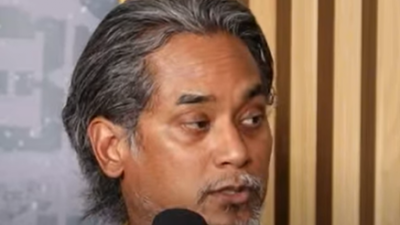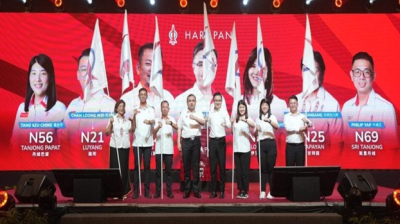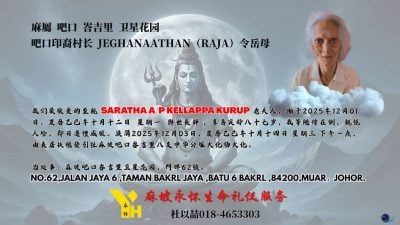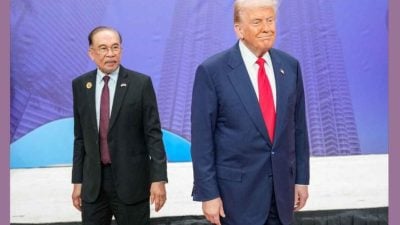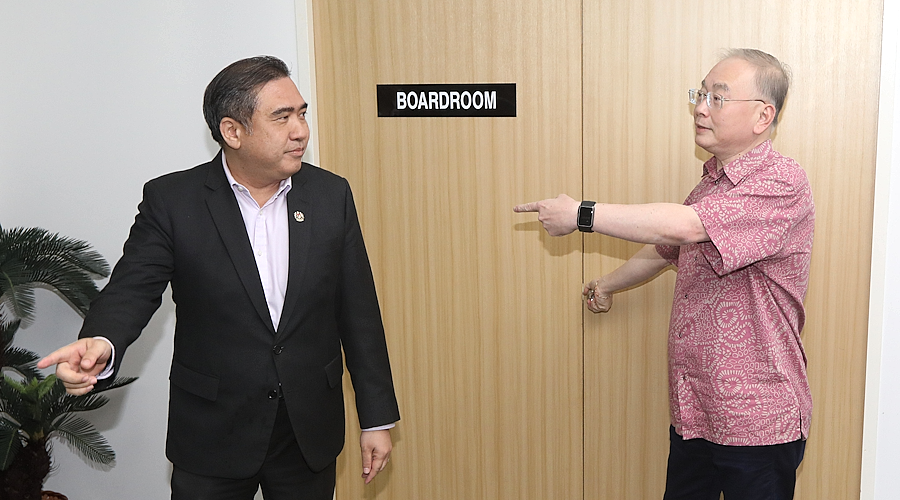
The results of the recently concluded Ayer Kuning by-election are clear. The winner is the Unity Government (Barisan Nasional + Pakatan Harapan), and the loser is Perikatan Nasional.
In simple terms, voters rejected extremism and chose stability.
Behind the victory, there’s a subtle political sentiment worth pondering—like a heated iron plate that appears mild on the surface but remains scalding to the touch.
The Unity Government appears to be stable for now, but the real test has just begun.
Let’s face a few realities: Umno has yet to fully recover from a credibility crisis; the MCA continues to chase after declining support; and the DAP is still struggling to strike a balance on ethnic issues.
At the same time, some have begun to speculate: Does this victory signal Umno’s return to power within Barisan Nasional? Are MCA and MIC being sidelined within the coalition? Is the DAP now aligning itself with Umno?
Despite all the speculations, all must remember that the victory in this by-election is not achieved by a single party’s effort, but rather the combined strength of the entire Unity Government.
This election represented a collective bet by voters on stability, not a candid revelation to any individual political party.
The cooperation between Umno and the DAP may appear unnatural, but at a certain level, it represents the most appropriate political distance.
The two parties differ in ideology and direction—they don’t need to get too close. After all, being too close might just upset the balance.
If in the future Umno and DAP truly join forces in a general election, it would likely be a strategic alliance where pragmatism outweighs sentiment.
Political alliances, like marriages, are not only about ideals and affection, but also about interests, risks, and controllability.
As for whether the MCA should leave Barisan Nasional—on the surface, it appears to be a matter of principle, but in essence, it’s a matter of survival.
If MCA exits BN, it would lose a key platform. Staying in BN, at least, it offers some bargaining chips. Don’t forget, MCA still holds two state executive councilor posts in Johor—the rice bowl on the table is not cold yet, not time to flip the table.
As one of BN’s founding members, the MCA has never intended, nor does it plan, to leave the coalition.
For the MCA, the BN spirit symbolizes “consensus politics.” If consensus no longer exists, it should be other parties that leave, not the MCA.
If Umno wishes to cooperate with the DAP or Pakatan Harapan, the MCA would likely advocate for the dissolution of the entire coalition, rather than choosing to exit.
The DAP and MCA—one wields power, the other carries history—but both now stand on shaky ground. One is criticized for “changing,” the other for “not changing.”
Of course, in reality, politics is never about romance. In the end, it’s not the ideals but vote counts that matter. Whoever holds the votes holds the power.
Even if those votes come at a steep political cost, politicians have no choice but to cling to them tightly—because they are the key to power and influence.
So here comes the real question: Will Umno abandon the MCA and team up with the DAP to forge ahead? Will the MCA respond by dissolving BN? And is the DAP willing to be with Umno?
Today, the DAP is the largest party in the federal government, but it carries conflicting expectations.
Some Chinese voters begin to question whether the DAP has compromised too much in the government and loses its original principles.
Meanwhile, some Malay voters remain skeptical, unsure whether the DAP truly represents inclusiveness.
If the DAP speaks out too much, it’s accused of “provocation”; if it speaks too little, it’s seen as “weak.” DAP is caught in a catch-22 situation.
Within the framework of multiracial harmony, the DAP tries to play the role of a “silent giant.”
But if it remains quiet for too long, people inevitably begin to wonder: has it compromised too much in silence?
What about the MCA? It’s increasingly like the “guard” piece on a Chinese chessboard—trapped in the palace, unable to move freely; it can neither attack nor defend.
In BN, the MCA can contribute but is unable to steer the ship.
The DAP and MCA—one wields power, the other carries history—but both now stand on shaky ground. One is criticized for “changing,” the other for “not changing.”
There’s no right or wrong—this is simply the true portrait of a political predicament.
However, the DAP and MCA are unlikely to be friends. While they fight tooth and nail against each other, Umno quietly emerges as the biggest winner.
From the current political landscape, each party is making cautious moves. But if they focus only on winning power, they may eventually face silent resistance from the voters.
Public support cannot be won with slogans—it must be built with long-term trust.
True victory is not about winning an election, but having supporters when the tide turns.
On this long political road, only parties that stay true to their mission and genuinely care about the people can ride out the storm.
If a party ignores the feelings of the voters, those voters may choose to “show hand” or silently protest. Some may even abstain completely—choosing neither side over compromising.
Behind the noisy election battles, the most silent forces often run the deepest.
Never underestimate the patience of the electorate—and never test their limits.
True victory is not about defeating your opponent, but winning hearts.
The political scene may seem calm now, but powerful currents swirl under the surface. All sides are testing the limits of cooperation hovering interest and risk.
When ideals give way to reality, and cooperation is no longer based on shared beliefs but survival, will the future of political scenario be a dance together—or a fight to the end?
ADVERTISEMENT
ADVERTISEMENT







